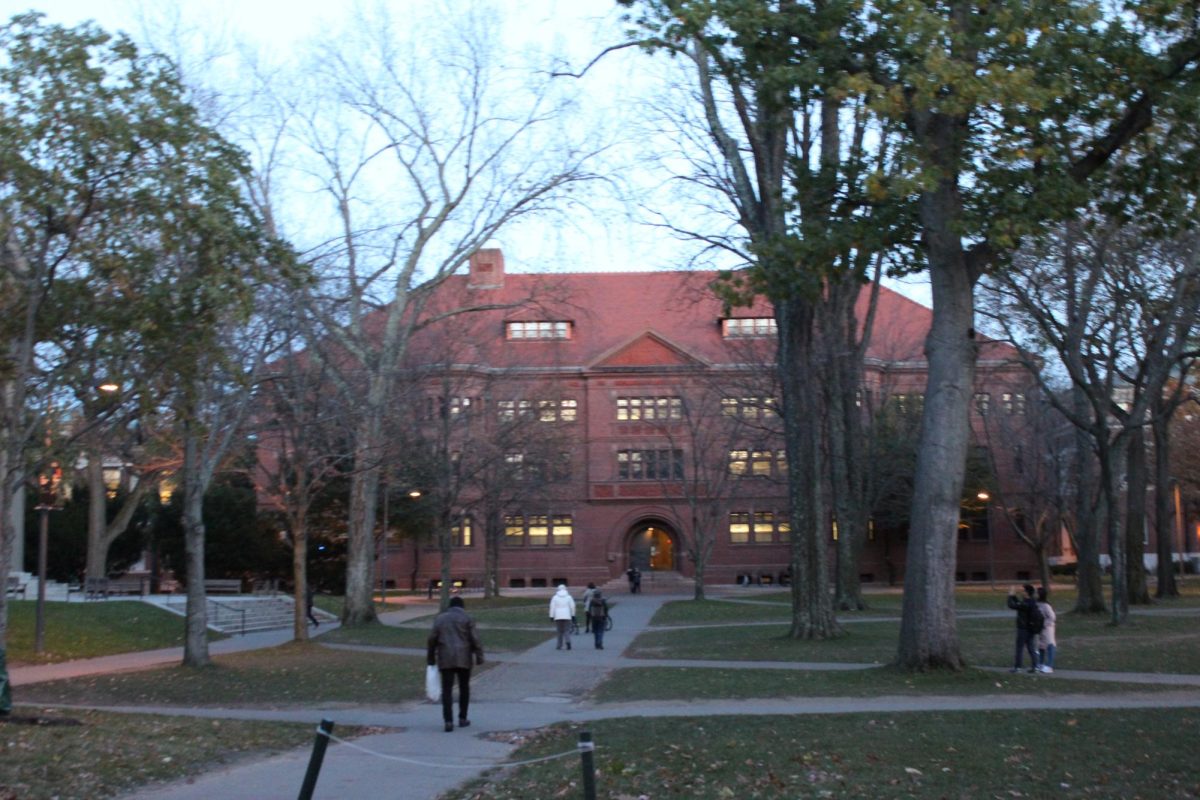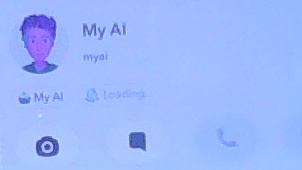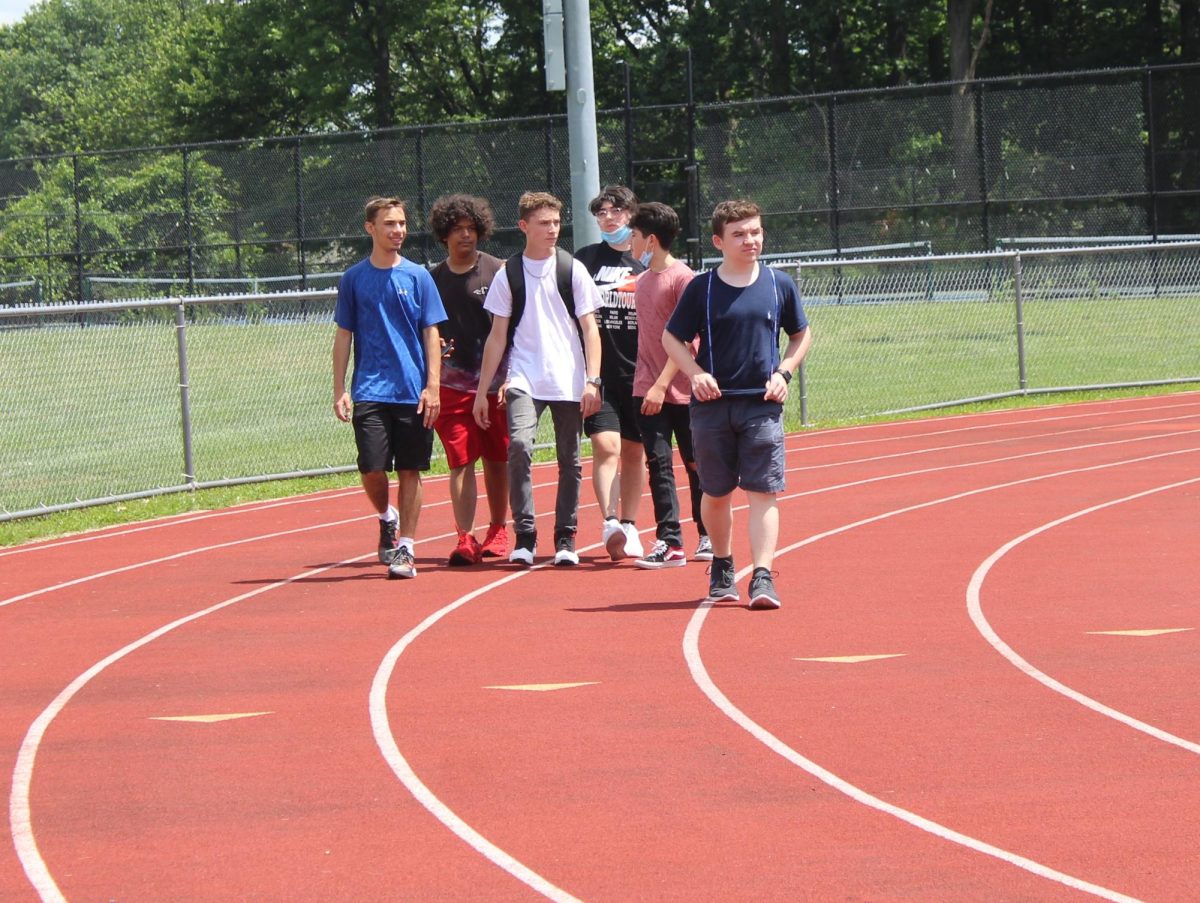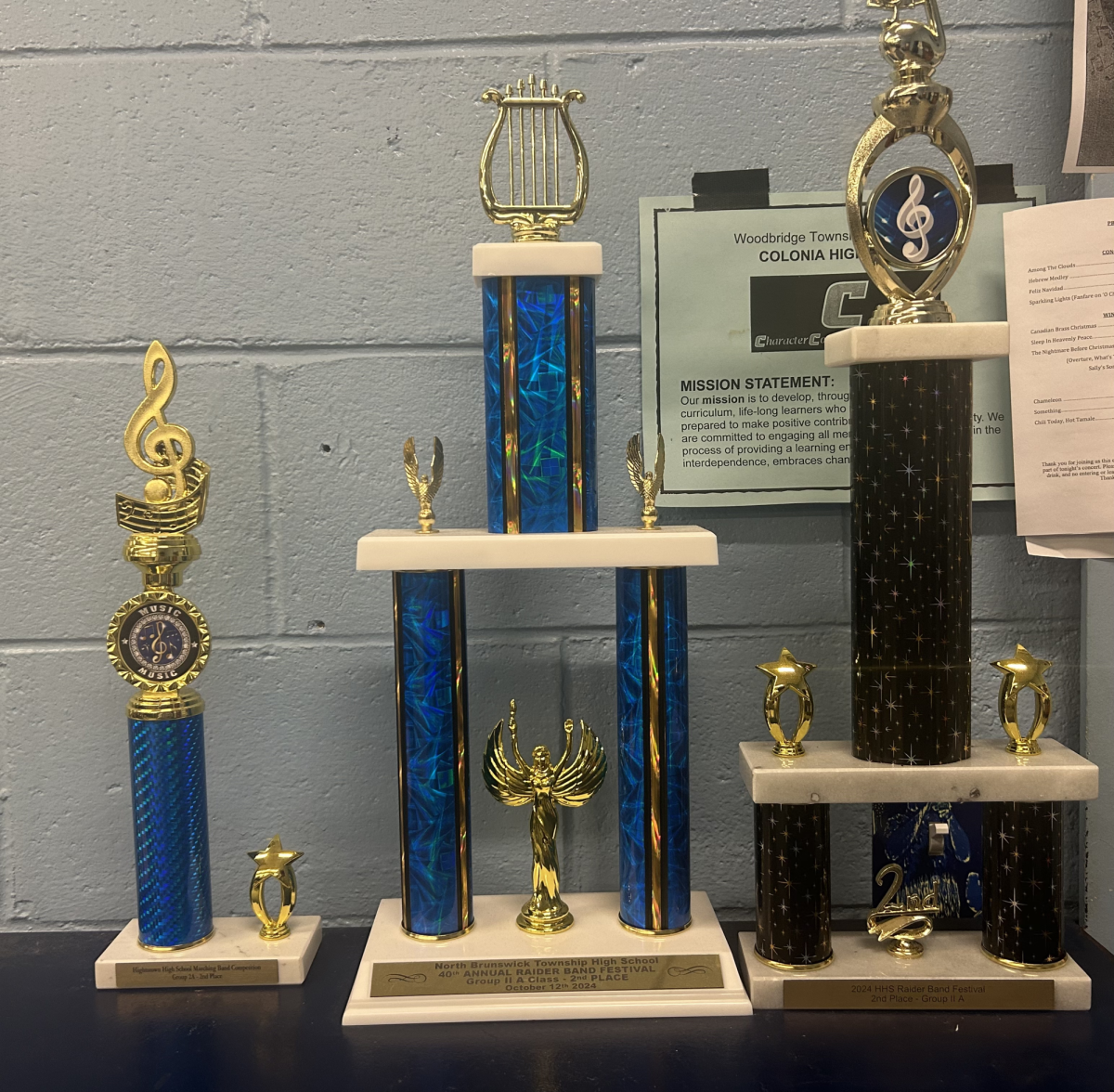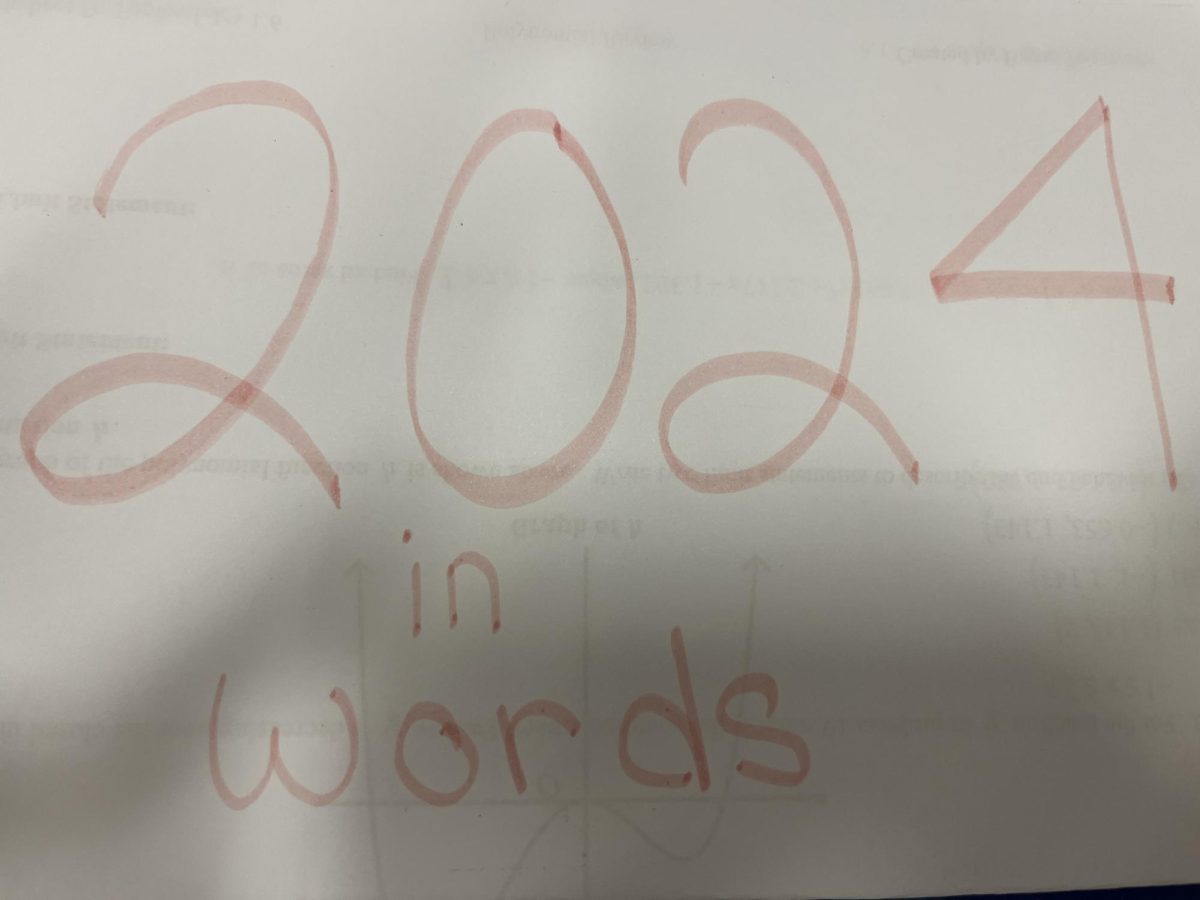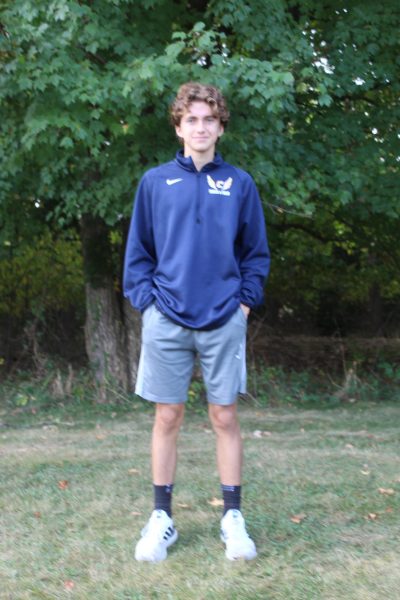For those going through the athletic recruitment process, nothing seems more intimidating than going on college overnight visits to meet the team. High school senior athletes are allowed official recruiting visits in which the school covers all expenses. Many recruits, however, choose to go on an unofficial overnight visit before their senior year. During an overnight recruiting trip, the player gets to experience a day in the life of an athlete in their respective sport at that college or university. They stay with one of the players on the team in their dorm, oversee a team practice, go to the dining hall and sit in on a class.
Overnight visits are a great way to get a feel for what going to that school is like. You can see how you fit in with the other players on the team and experience campus life. If you’re indecisive like myself and have a lot of colleges you would like to attend, experiencing an overnight can help you narrow down your options. However there can be a big age difference between the recruit and the host athlete. Some recruits even go on unofficial overnight visits as early as sophomore and junior year in high school. This means that a 16 year old could be spending the night in a college dorm with their 18 or 19 year old host player. For many recruits, this can be awkward and overwhelming.
There are ways to bridge the gap of awkwardness. Talk to your host. It may sound simple enough, but it’s surprising how many recruits just sit there and don’t say anything. Asking questions is a good way to initiate a conversation and learn as much about the school and the program as you can. Absorb as much information about the team and the school as you can so that you can make a well-informed decision on whether or not to commit to a certain school.
When it comes to their opinion on the recruit, they will typically be indifferent. There are many recruits throughout the year, so the only way they could leave a lasting impression is if they were particularly great or awful. It’s important to realize the coach has enough interest to invite you for an overnight, so don’t get too hung up on whether or not you can play for them.
In college, the weekends are often the only times that the players get to go out. The recruit should be prepared for the host to spend a lot of his leisure time with friends, primarily other members of the team. Look at this as another opportunity to get a feel for whether or not the school is right for you. This could get a feel on whether or not you will enjoy your time outside of school.
Overnight recruiting visits are just something most athletes will have to go through if they are looking to play a sport college. And in turn, once you are at a school you will have to host new incoming recruits. Every host player was once a recruit and so they know how it works. They understand the situation, so most are very good at trying to make sure that the recruit feels comfortable and is having a good time. Overnight recruiting trips are the best way to take a test run before deciding on which college to commit to.
Rules for overnight visits
- The NCAA allows recruits an unlimited number of official visits. The NCAA limits recruits to one per college, unless there is a coaching change after their visit.
- The school can pay for the following for you and your parents/guardians: transportation to and from the campus, lodging throughout your visit and three meals per day.
- Schools may pay for a recruit’s transportation to and from campus. However, they can only provide transportation for parents/guardians if they travel in the same car as the recruit. Flights and separate bus or train tickets aren’t purchased for parents.
- At all levels, recruits can take one official visit per school.
- Each official visit may be up to 48 hours long, or the span of one weekend.
- Men’s ice hockey recruits can begin taking official visits as early as August 1 of their junior year in high school.
- Football recruits can begin taking official visits starting April 1 of their junior year of high school.
- Women’s basketball recruits may begin taking official visits in April of their junior year of high school.
- Lacrosse, softball and baseball recruits may begin taking official visits September 1 of their junior year of high school.
- For all other sports, recruits can begin taking official visits starting August 1 before the athlete’s junior year of high school.
- Official visits are not allowed to occur during recruiting dead periods.
Each school will have a slightly different way of conducting visits. Some schools will be able to finance your whole trip, paying for transportation, meals, lodging and tickets to a home game. An official visit can also include having an on-campus lunch or dinner with the team. It doesn’t have to last the full 48 hours—that is simply the maximum length a visit can last.
If a school interests you, official visits are the last piece of the puzzle to help you understand if the school is your best fit.
Effective on April 13, 2023, the NCAA Division I Council announced that they will no longer limit the number of official visits recruits can make. Starting July 1, 2023, recruits are permitted an unlimited number of official visits to schools, unless there is a coaching change post-visit. For men’s basketball, prospects still will be able to complete a second official visit to the same school, as long as it does not occur in the same year.
Effective May 1, 2019, the NCAA created a series of updated recruiting rules to slow down the recruiting process and cut back on the number of recruits getting verbal offers as eighth graders, freshmen and sophomores. Athletes will now have more time to research colleges and focus on developing athletically and academically.
According to the new rules, recruits in most sports can now start taking official and unofficial visits starting August 1 before their junior year of high school. In the past, official visits weren’t permitted until the athlete’s senior year of high school. This is exciting news for recruits eager to visit campuses. However, these rule changes will also put more emphasis on athletes needing to be proactive early in the process. Top prospects typically receive offers for official visits their junior year. This means even more schools can lock down their recruiting classes early.
How to prepare for college overnight visits
Official college overnight visits are more formal than unofficial visits. Because of this, there’s a bit more prep work required from athletes before the visit takes place.
- Register with the NCAA Eligibility Center. Before your visit, the coach needs to know that you are eligible to actually compete at their school. If you’re visiting Division I and Division II schools, you need to get a Certification Account. The process involves a fee, so make sure your parent or guardian is present when you sign up. This is a good step to take your sophomore year of high school. This way you’re ready to start taking official visits your junior year. If you’re visiting a Division III school, sign up for an NCAA Profile page. You only need a Certification Account if you’re an active recruit of a Division I and/or Division II college.
- Send the admissions office your transcript. If you’ve already registered with the Eligibility Center, the school should be able to access your transcript and test scores. However, this step helps the admissions office ensure that your academic criteria are up to the standards of their school. The NCAA Eligibility Center ensures that you’ve met the academic requirements mandated by the NCAA to compete in college sports. It doesn’t ensure you meet the school’s standard specifically.
- Know how you will respond if you receive an offer. Official visits don’t guarantee an offer, but offers do happen. To avoid freezing on the spot, go into your official visit with a plan for how you will respond. You may be unsure if this is your top choice and still have other colleges to visit. If this is the case, tell the coach you’ll get back to them by a certain date.
Follow-up after the visit
After all college overnight visits, make sure you follow up with the coach. Thank them for their time and end the email or text by saying you’ll keep in touch. You can also let the coach know where you’ll be competing next if they’d like to watch you in person. The follow-up shows the coach you’re a thoughtful athlete, and it also keeps you top-of-mind as they assemble their roster.
There is a lot to consider, however, it’s most important to enjoy the time at the visit. Don’t waste time worrying about whether or not you’re going there at the visit



